10 Best Herbal Decoctions For Athlete'S Foot
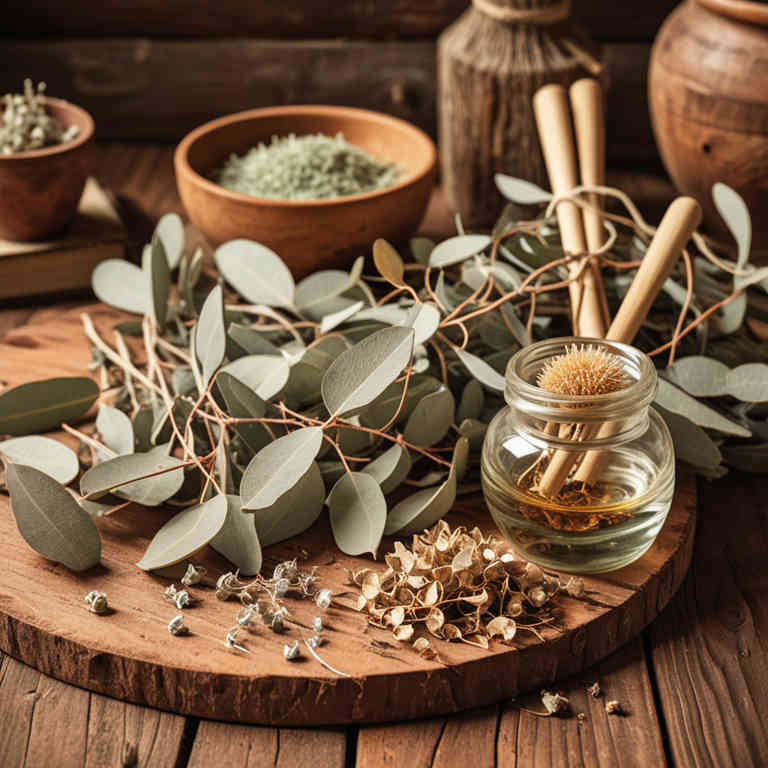
Herbal decoctions have been traditionally used to treat athlete's foot, a fungal infection that affects the feet, due to their natural antifungal and anti-inflammatory properties.
Common herbs used in these decoctions include tea tree oil, garlic, and echinacea, which are believed to help reduce fungal growth and soothe skin irritation. To prepare a decoction, these herbs are typically boiled in water for several minutes, then cooled and applied to the affected area. While some studies suggest that certain herbal remedies may offer relief, they should not replace professional medical treatment, especially for severe or persistent infections.
It is important to consult a healthcare provider before using herbal decoctions to ensure safety and effectiveness.
FREE Herb Drying Checklist
How to make sure every batch retains maximum flavor, color, and aroma without the risk of mold or over-drying. Eliminate guesswork and trial-and-error, making herb drying faster, easier, and more efficient every time.
Table of Contents
1. Teucrium polium
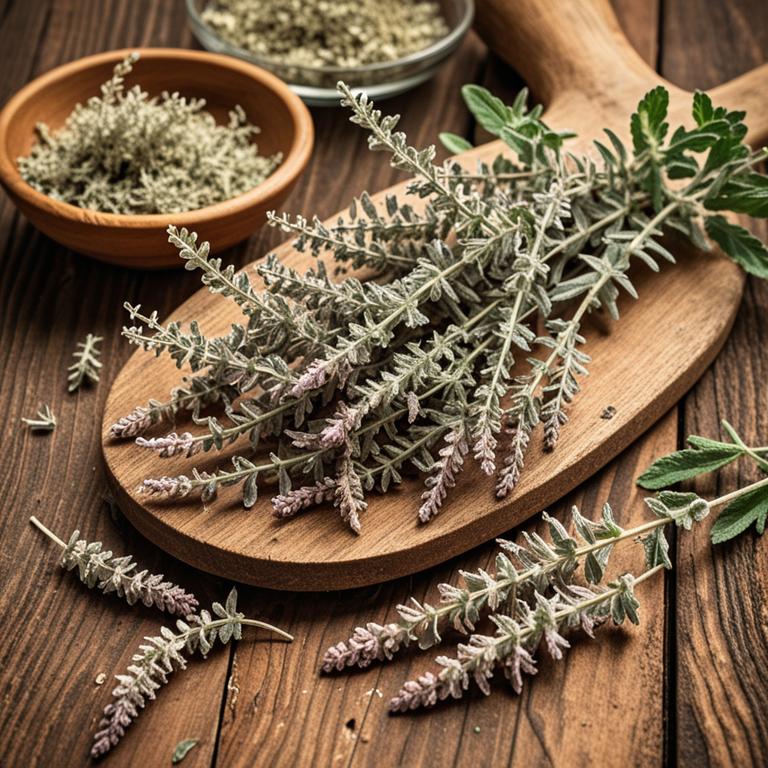
Teucrium polium, commonly known as boldo, has been traditionally used in herbal medicine for its antimicrobial and anti-inflammatory properties.
Herbal decoctions of Teucrium polium have shown potential in treating athlete's foot due to their ability to inhibit fungal growth, particularly against Trichophyton species, which are the primary causative agents of the infection. The preparation involves boiling the dried leaves of the plant in water to extract its active compounds, such as flavonoids and essential oils, which contribute to its therapeutic effects. Some preliminary studies suggest that these decoctions may help reduce symptoms like itching and scaling when applied topically.
However, more clinical research is needed to fully establish its efficacy and safety for use in treating athlete's foot.
2. Lavandula angustifolia
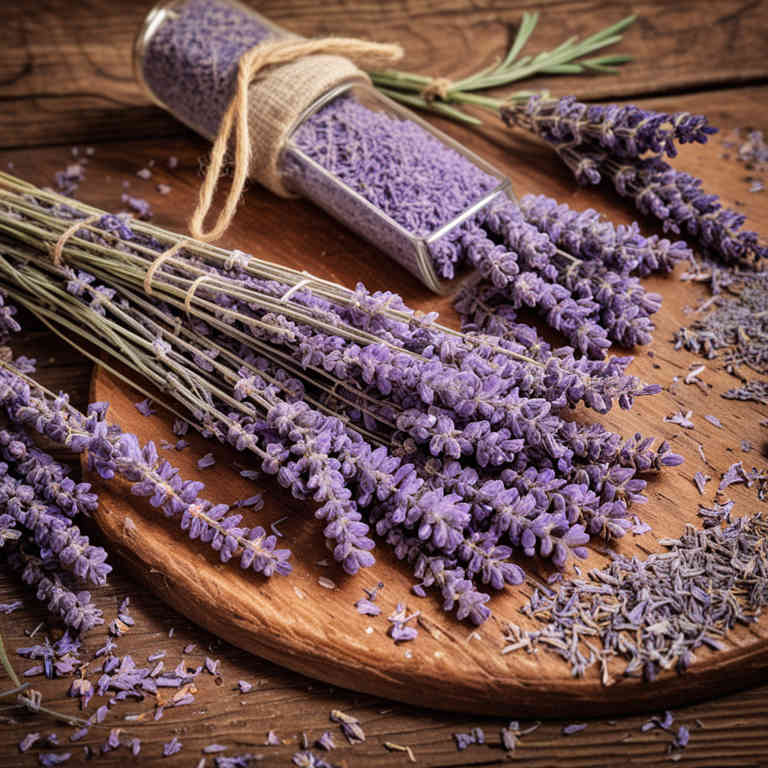
Lavandula angustifolia, commonly known as English lavender, has been traditionally used for its antifungal and soothing properties, making it a potential candidate for treating athlete's foot.
Herbal decoctions made from lavender can be applied topically to the affected areas to help reduce fungal growth and alleviate symptoms such as itching and inflammation. The essential oils in lavender, particularly linalool and lavandulol, exhibit antifungal activity against common pathogens like Trichophyton, which cause athlete's foot. While lavender decoctions may offer a natural alternative to conventional antifungal treatments, they should not replace professional medical advice, especially for severe or persistent infections.
Further research is needed to fully understand the efficacy and safety of lavender-based remedies in the context of fungal infections.
3. Hypericum perforatum
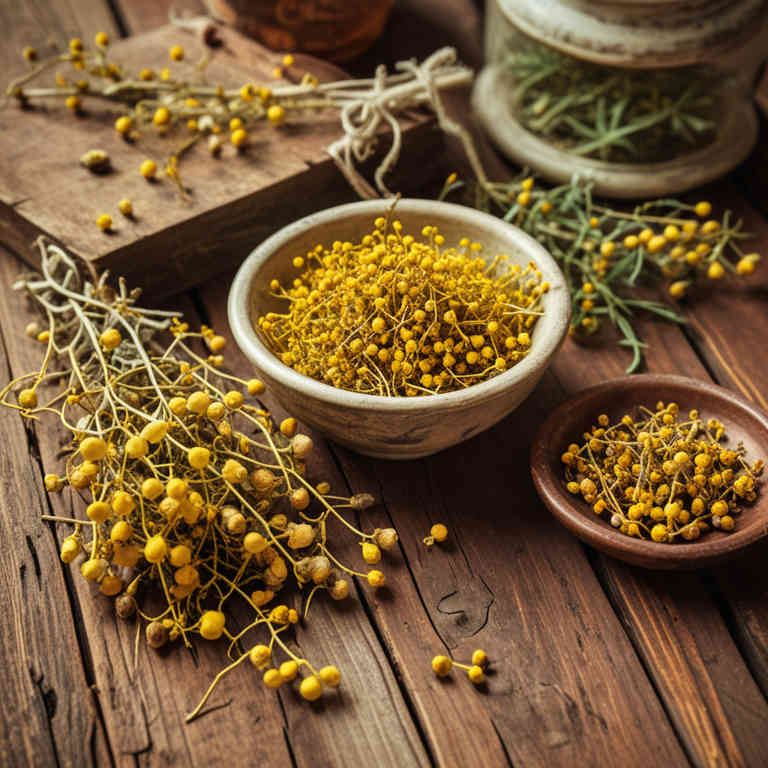
Hypericum perforatum, commonly known as St. John's Wort, is traditionally used in herbal medicine for its potential antifungal and anti-inflammatory properties.
While it is more commonly associated with treating depression, some studies suggest that its compounds, such as hypericin and hyperforin, may inhibit fungal growth, making it a possible candidate for treating athlete's foot. Herbal decoctions of Hypericum perforatum can be prepared by simmering the dried herb in water, creating a topical solution that may be applied to affected areas. However, it is important to note that while some anecdotal evidence supports its use, scientific research on its efficacy for athlete's foot is limited.
As with any herbal remedy, it is advisable to consult a healthcare professional before using Hypericum perforatum, especially if other treatments or medications are being taken.
4. Zingiber officinale
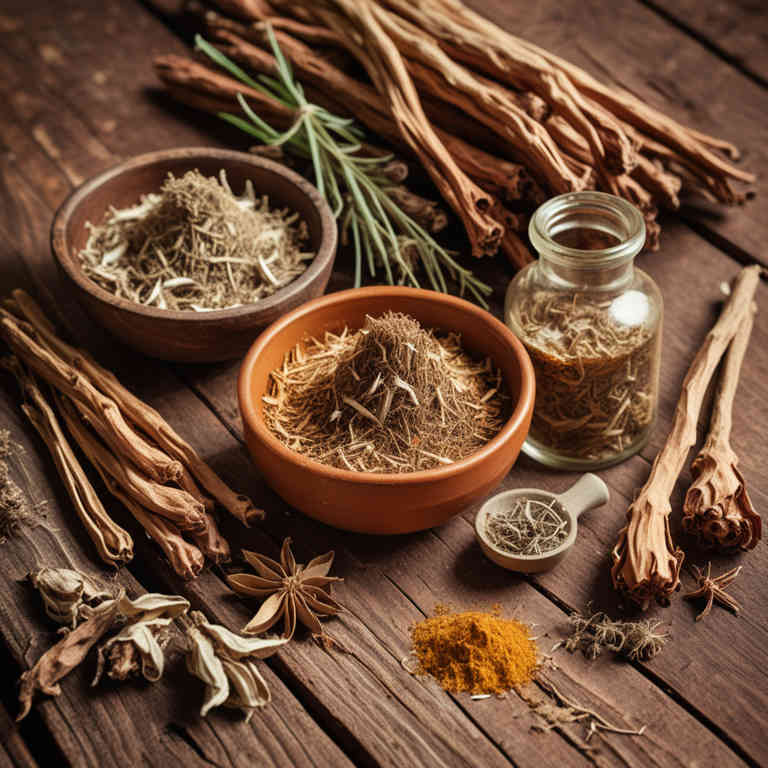
Zingiber officinale, commonly known as ginger, has been traditionally used in herbal medicine for its anti-inflammatory and antimicrobial properties.
When prepared as a decoction, ginger can be applied topically to affected areas to help reduce fungal growth and soothe the skin. The active compounds in ginger, such as gingerol and shogaol, exhibit antifungal effects that may inhibit the growth of Trichophyton, the primary fungus responsible for athlete's foot. While some studies suggest that ginger may offer mild relief, it is not a substitute for conventional antifungal treatments and should be used as a complementary therapy.
It is important to consult a healthcare professional before using ginger decoctions, especially if symptoms persist or worsen.
5. Urtica dioica
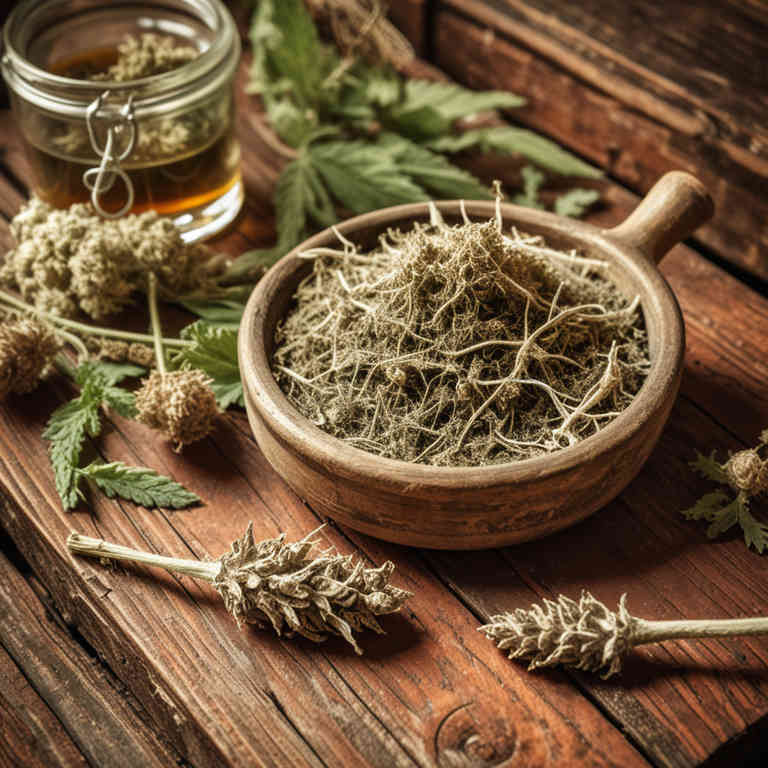
Urtica dioica, commonly known as nettle, has been traditionally used in herbal medicine for its anti-inflammatory and antifungal properties.
When prepared as a decoction, nettle leaves are simmered in water to extract their active compounds, which may help combat fungal infections such as athlete's foot. The decoction can be applied topically to the affected areas to soothe inflammation and reduce fungal growth. Some studies suggest that the compounds in nettle, such as flavonoids and polysaccharides, may inhibit the growth of dermatophytes, the fungi responsible for athlete's foot.
However, while nettle decoctions may offer some relief, they should not replace conventional antifungal treatments and should be used under the guidance of a healthcare professional.
6. Thymus vulgaris
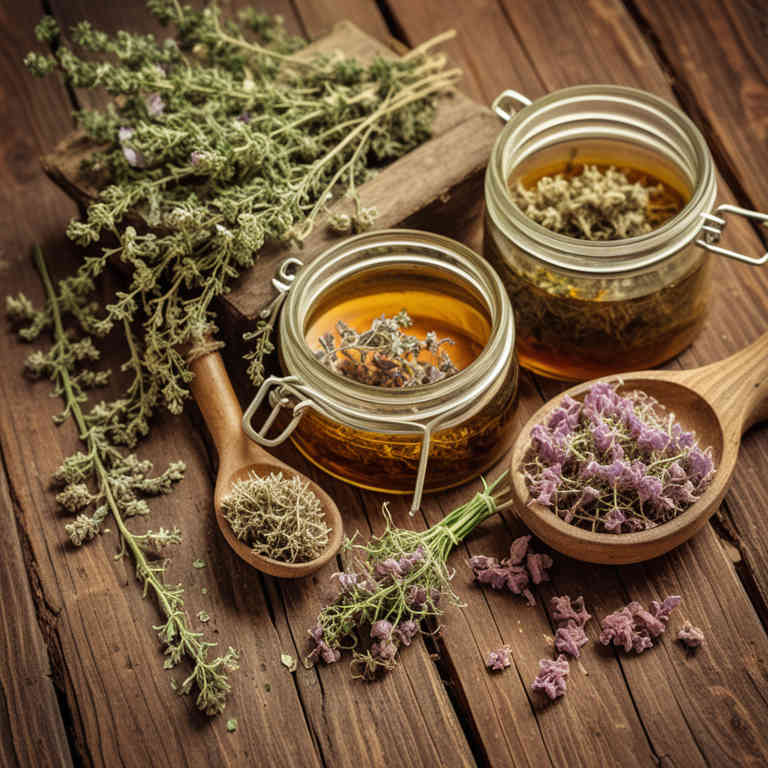
Thymus vulgaris, commonly known as thyme, has been traditionally used in herbal medicine for its antimicrobial and antifungal properties.
Herbal decoctions made from thymus vulgaris can be prepared by simmering the dried leaves and flowers in water, creating a potent infusion that may help combat fungal infections. Athlete's foot, a common fungal infection caused by dermatophytes, may benefit from the antifungal compounds present in thyme, such as thymol and carvacrol. While some studies suggest that thyme extracts may inhibit the growth of certain fungi, more clinical research is needed to confirm its efficacy for athlete's foot.
As with any herbal remedy, it is advisable to consult a healthcare professional before using thymus vulgaris decoctions, especially if you have underlying health conditions or are taking other medications.
7. Rosmarinus officinalis
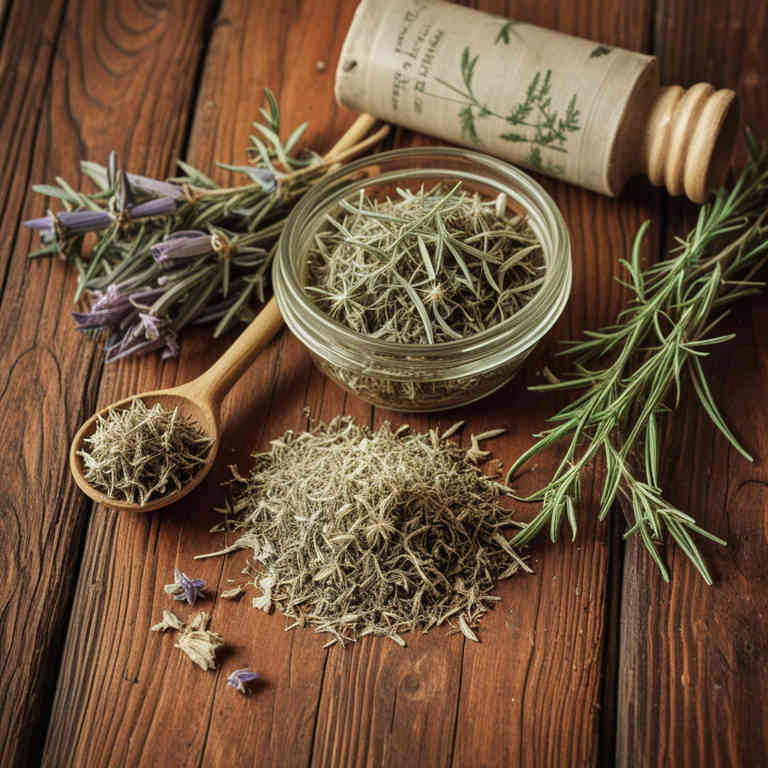
Rosmarinus officinalis, commonly known as rosemary, has been traditionally used in herbal medicine for its antimicrobial and antifungal properties.
While it is not a primary treatment for athlete's foot, rosemary decoctions may offer some supportive benefits due to their ability to inhibit fungal growth. Preparing a rosemary decoction involves steeping fresh or dried leaves in hot water for several minutes to extract its essential oils and active compounds. Some studies suggest that compounds like carnosic acid and rosmarinic acid in rosemary may help reduce fungal proliferation on the skin.
However, it is important to consult a healthcare professional before using rosemary decoctions for athlete's foot, as they may not be sufficient as a standalone treatment and could potentially cause irritation in sensitive individuals.
8. Satureja hortensis
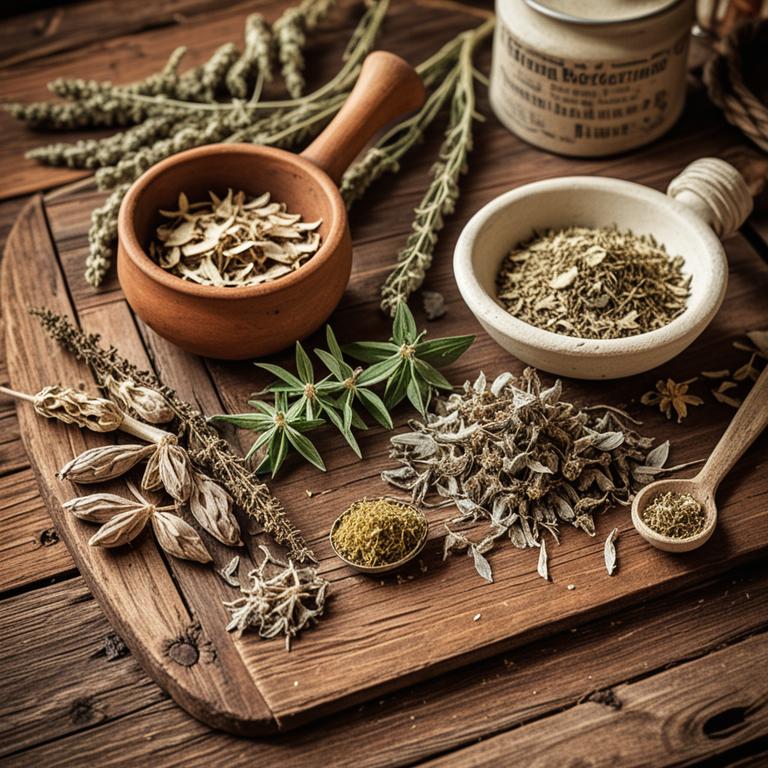
Satureja hortensis, commonly known as winter savory, has been traditionally used in herbal medicine for its antimicrobial and antifungal properties.
When prepared as a decoction, the plant's essential oils and volatile compounds can help combat fungal infections such as athlete's foot, which is caused by dermatophytes like Trichophyton. The decoction is typically made by simmering the dried leaves in water for several minutes, allowing the active constituents to infuse into the liquid. This herbal remedy may be applied topically to the affected area to reduce inflammation, itching, and fungal growth.
While it can be a complementary treatment, it is advisable to consult a healthcare professional for persistent or severe cases of athlete's foot.
9. Cnicus benedictus

Cnicus benedictus, commonly known as St. John's wort, has been traditionally used in herbal medicine for its potential antifungal properties.
While it is more widely recognized for its use in treating mild depression, some studies suggest that its active compounds, such as hypericin and hyperforin, may have antimicrobial effects. For athlete's foot, a herbal decoction made from Cnicus benedictus can be applied topically to help reduce fungal growth and soothe irritated skin. However, it is important to note that more clinical research is needed to confirm its efficacy for this specific condition.
As with any herbal treatment, it should be used under the guidance of a healthcare professional to ensure safety and appropriateness.
10. Cinnamomum verum

Cinnamomum verum, commonly known as true cinnamon, has been traditionally used in herbal medicine for its antimicrobial and anti-inflammatory properties.
When prepared as a herbal decoction, cinnamon may help combat fungal infections like athlete's foot by inhibiting the growth of dermatophytes, the fungi responsible for the condition. To make the decoction, cinnamon bark is boiled in water for several minutes, then strained and applied topically to the affected area. Some studies suggest that the essential oils in cinnamon, such as cinnamaldehyde, possess antifungal effects that could complement conventional treatments.
However, while cinnamon decoctions may offer some relief, they should not replace medical advice, and individuals should consult a healthcare professional for proper diagnosis and treatment of athlete's foot.